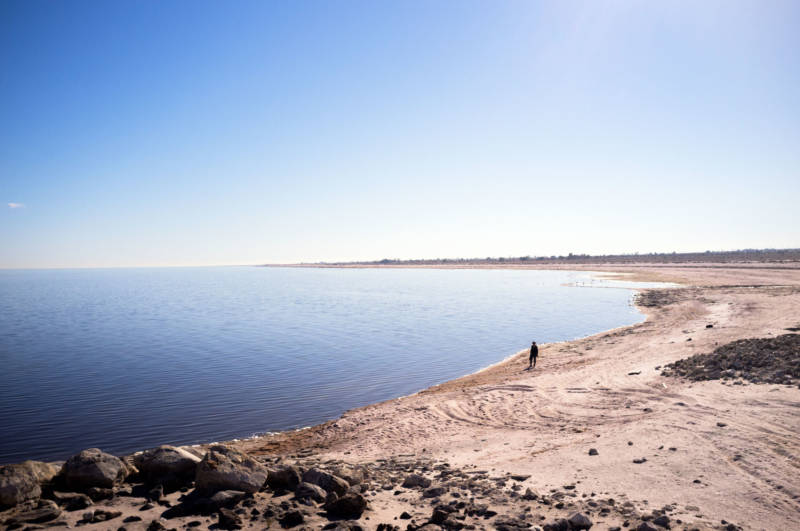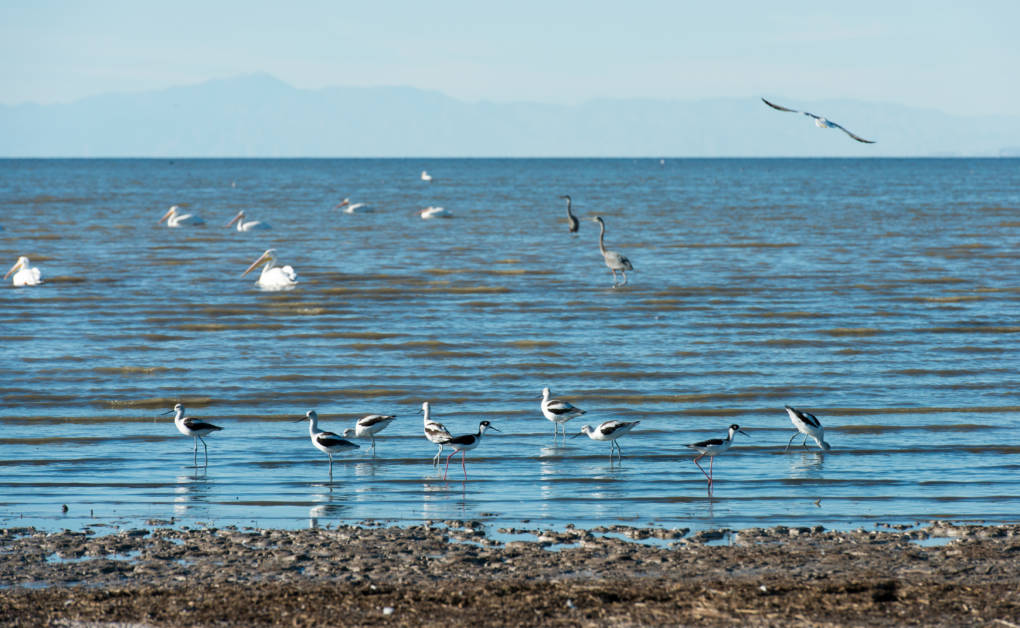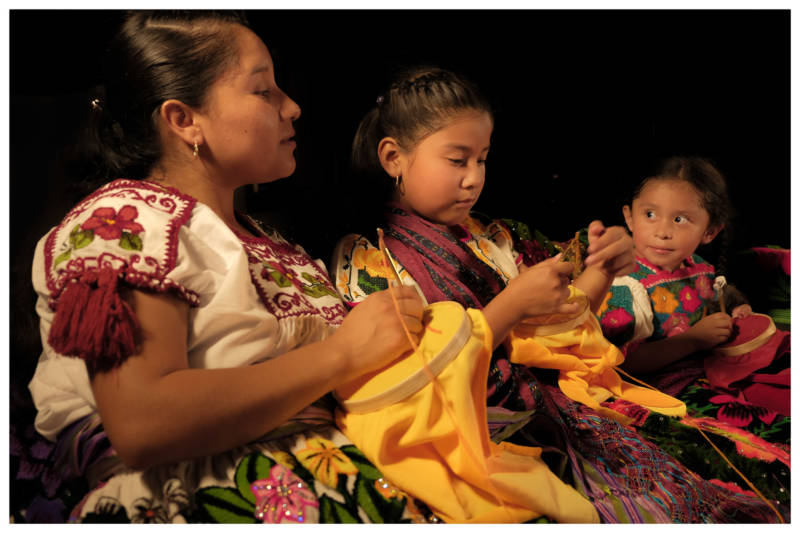Massive fish-die offs. Dead birds. A toxic stench.
Bryan Mendez and Olivia Rodriguez are dissatisfied that those sad facts are the only things most Californians ever hear about the Salton Sea, one of the largest inland seas in the world.
“We’ve heard on and on about the birds, the fish, they’re dying. We know that,” says Rodriguez. “How do we transform this narrative, to show there’s also a community of people here?”
Rodriguez, 25, and and Mendez, 24, have made a film together about the Salton Sea with the goal of amplifying the voices of local residents, and young people, in conjunction with Coachella Unincorporated, a local youth journalism outlet.
“We really wanted to highlight the strength of our community, the beauty of our community,” says Rodriguez. “We know the sea is dying, but there’s so much around it that’s alive.”
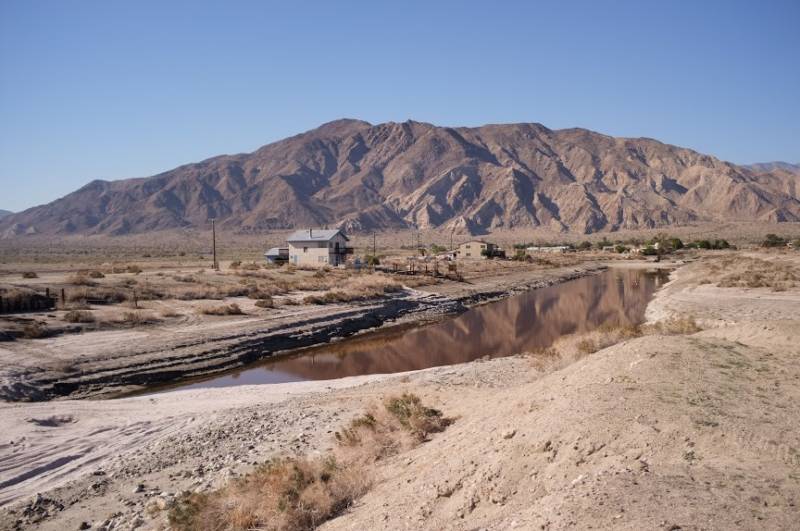
The Salton Sea was formed in the early 1900s, when engineers dug irrigation canals from the Colorado River into the Coachella Valley. Though the original purpose was to bring a flow of water for the area’s farming, the poorly built canals spilled over, creating the Salton Sea.
In the 1940s and ’50s, the white sand beaches and blue water of the Salton Sea lured more visitors than Yosemite. It was a playground for Hollywood celebrities through the 1960s, including the Rat Pack and the Beach Boys.
But today, the Salton Sea is only an enticing blue from a distance. Up close, it’s murky. Pesticides from nearby farms have poisoned the water. Fresh water from the Colorado River has been diverted elsewhere, to cities and farms. So this huge lake is drying up, exposing more of the white sand beach that, it turns out, isn’t exactly sand.
“If you get real close to it, it’s bones,” says Mendez. “You can imagine how many fishes were here. And there are bird skulls everywhere.”
Mendez loves to photograph the weird, crumbling remains of beach shacks, abandoned hotels, and docks where celebrities used to park their yachts.
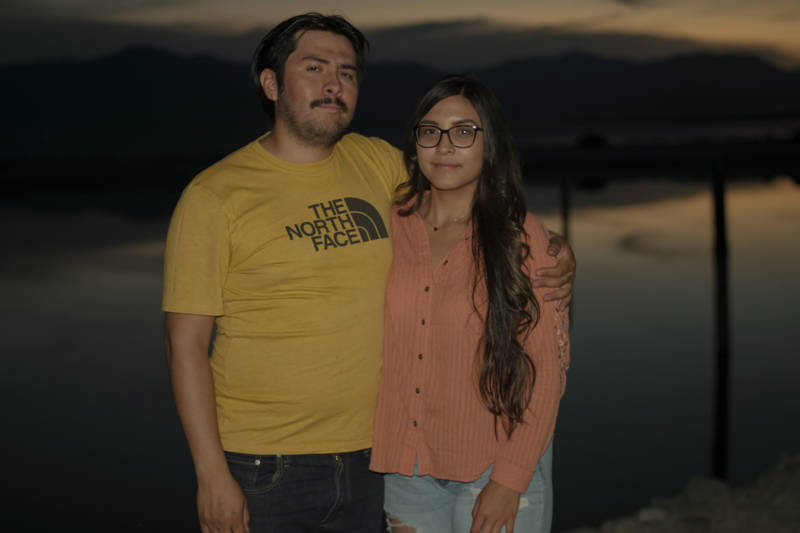
Mendez and Rodriguez both say that despite the decay, they find beauty here, watching the clouds reflect on the water, looking out at the mountains in the distance.
“I always feel at home whenever I’m standing next to the Salton Sea,” says Rodriguez. “I feel this calm, but also, as I look at it, a sense of urgency, like it needs to be taken care of as soon as possible.”
Rodriguez worries that strong winds blowing off the sea bring toxic dust from the dried-up seabed to nearby farmworker communities. And she suspects that’s causing health problems.
She’s not the only one. Studies have linked the dust storms that blow through the Salton Sea with human health problems. And childhood asthma hospitalization rates in Imperial County, just southeast of the Coachella Valley, are the highest in California.
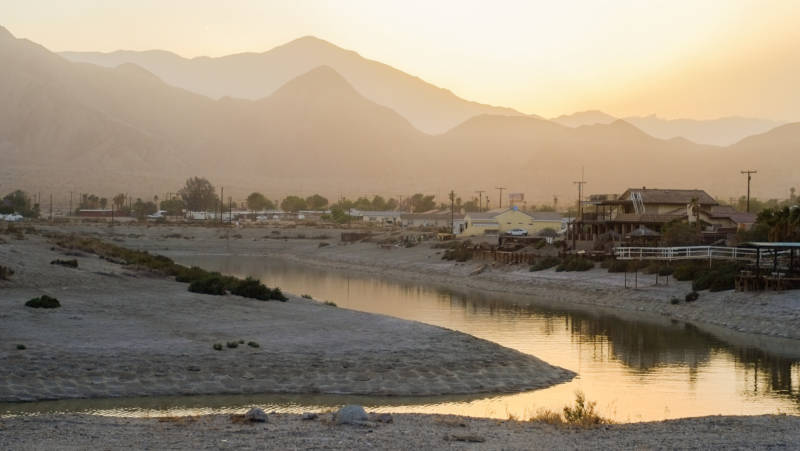
Dirt particles in the air are known to cause respiratory health problems.
“It’s life-threatening for some people,” Rodriguez says. “My mom’s already been in the emergency room because of respiratory illnesses.”
A Local Mother Takes Action
Their film features residents like Conchita Pozar, who say the dust is giving her kids nosebleeds.
When Rodriguez and Mendez take me to meet her, she’s frantically sweeping dust out of her house.
“When the wind picks up, there’s so much dust we can’t go outside,” she says in Spanish. “But in spring and summer, it all blows in the house when we turn the air conditioning on.”
